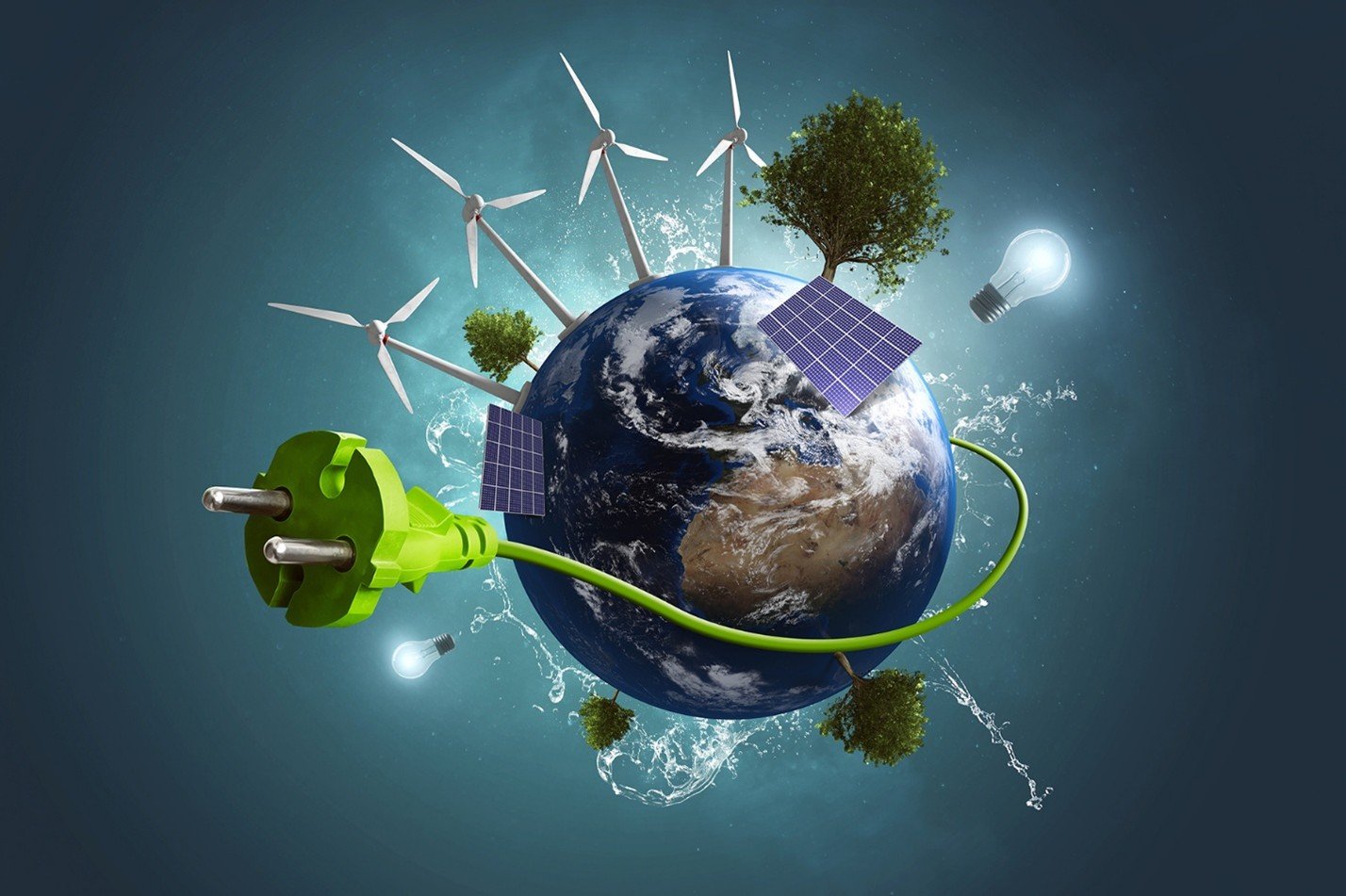The Unseen Engine: An Exposition on Energy’s Forms and Inevitable Transformations
Energy is the universe’s fundamental currency, the capacity for causing change and performing work that underpins all physical and biological phenomena. [1] While it is an abstract concept, its manifestations are concrete, governing everything from the silent fusion in a star’s core to the complex metabolic pathways that sustain life. [2][3] The true genius of the cosmos lies not just in the existence of energy, but in its perpetual, seamless transformation from one form to another. This constant flux is governed by immutable thermodynamic laws that dictate both the conservation and the inevitable degradation of energy’s quality. [4][5] Understanding these principles is not merely an academic exercise; it is the key to harnessing power, driving technological innovation, and comprehending our place within a dynamic universe.
The universe’s energy is fundamentally categorized into two states: potential (stored energy) and kinetic (energy of motion). [6][7] Potential energy, however, is far more than just a rock poised at a cliff’s edge. [7] Its most profound forms are found at the subatomic level. Chemical energy, for instance, is a form of potential energy stored within the arrangement of atoms and molecules. [8] It arises from the electrostatic forces between positively charged nuclei and negatively charged electrons. When atoms bond, they settle into a more stable, lower-energy configuration, releasing the difference in energy. [9][10] This “bond energy” is not a substance within the bond itself, but a representation of the system’s stability; breaking this stable bond requires an input of energy. [10][11] On an even more powerful scale, nuclear energy represents the potential energy locked within the nucleus of an atom by the strong nuclear force. [8] Albert Einstein’s seminal equation, E=mc², reveals that mass and energy are interchangeable. [12][13] In nuclear reactions like fission or fusion, a minuscule amount of mass is annihilated and converted into a tremendous quantity of energy, a process that powers stars and nuclear reactors alike. [2][14] This conversion demonstrates that mass itself is a highly concentrated form of potential energy. [15]
Kinetic energy, the energy of active movement, also manifests in diverse and intricate ways beyond simple mechanical motion. Thermal energy, or heat, is the kinetic energy of the random motion of atoms and molecules within a substance. [8] From a statistical mechanics perspective, temperature is a measure of this average kinetic energy; the more vigorous the microscopic vibrations and translations, the higher the system’s thermal energy. [4] Radiant energy is another form of kinetic energy, traveling as electromagnetic waves. [8][16] These waves, which span the entire electromagnetic spectrum from low-energy radio waves to high-energy gamma rays, exhibit a fascinating wave-particle duality, behaving as both continuous waves and discrete packets of energy called photons. [16][17] The energy of a photon is directly proportional to its frequency, which dictates how it interacts with matter, enabling technologies from wireless communication to medical imaging. [16][18] Electrical energy, the kinetic energy of flowing electrons, is perhaps the most versatile form, readily converted into light, heat, or motion, making it the cornerstone of modern technological society. [8][19]
The core principle of energy dynamics is transformation, a process governed by the laws of thermodynamics. [19][20] The First Law of Thermodynamics, the principle of energy conservation, states that energy cannot be created or destroyed, only converted from one form to another. [5][21] A power plant provides a compelling real-world example of this: the chemical potential energy in coal is released as thermal energy through combustion; this heat converts water to high-pressure steam, whose thermal energy becomes kinetic energy as it expands and turns a turbine; the turbine’s mechanical energy then drives a generator, which converts it into electrical energy. [20][22] However, the First Law is incomplete without the Second Law of Thermodynamics, which introduces the concept of entropy—a measure of a system’s disorder or energy dispersal. [4][23] The Second Law dictates that in any energy transformation, the total entropy of the universe must increase. [21][24] This means that while the total quantity of energy remains constant, its quality degrades. [4] In every conversion, some energy is inevitably lost as low-quality, dispersed heat, reducing the amount of energy available to do useful work. [23][25] This principle explains why no engine can be 100% efficient and sets the ultimate limit on our ability to harness energy. [24][26]
In conclusion, energy is a unified concept, manifesting in an array of interconvertible forms. From the latent power stored in atomic bonds to the kinetic fury of a supernova, all energy is subject to a grand, universal cycle of transformation. The First Law of Thermodynamics guarantees its persistence, while the Second Law dictates its inexorable march towards greater disorder. [27][28] This dual understanding is profoundly significant. It not only defines the operational boundaries for all engines and biological processes but also guides the quest for sustainable power. [3][25] Recognizing that energy is conserved but its usefulness is finite compels a more intelligent and efficient approach to its conversion and consumption. Ultimately, the story of energy is the story of the universe itself: a relentless, irreversible flow from concentrated potential to dispersed, entropic states, a cosmic engine of magnificent, yet limited, capability.



Leave your comment
You must be logged in to post a comment.